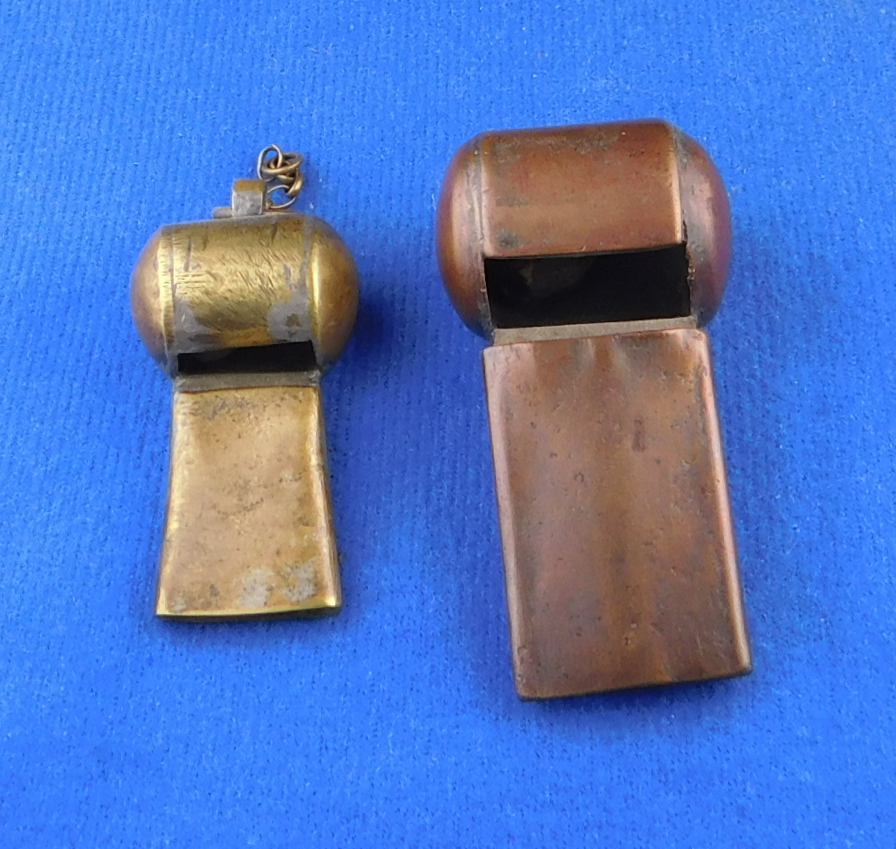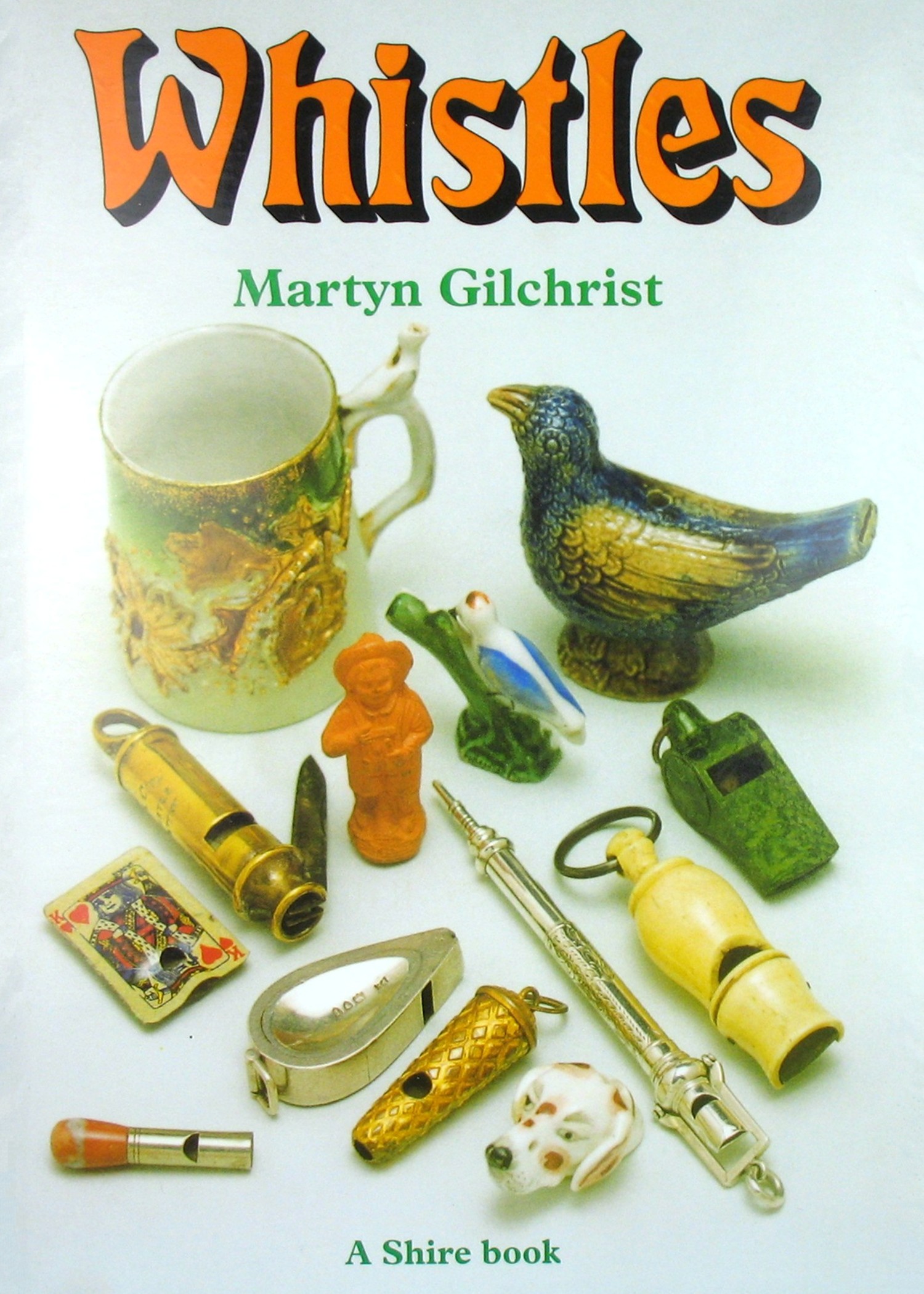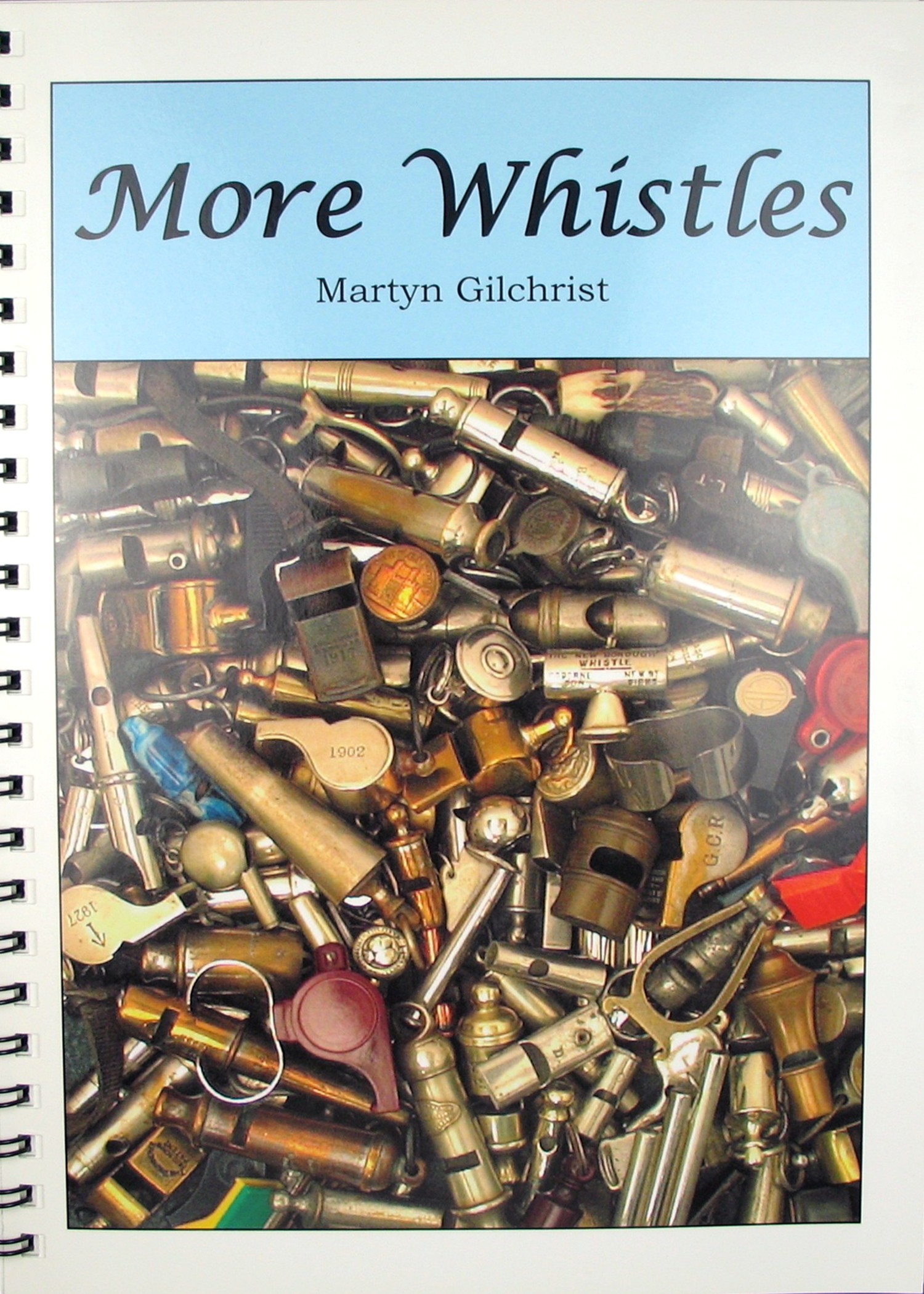Whistory
A special edition of SPOTLIGHT focuses on carriage keys c. 1870.
This was originally written to focus on a carriage key stamped G. Rowley Patent. However, no patent information has been found yet.
What two whistles are front and center in carriage keys?
Comparatively, a registered design by Thomas Yates was entered for December 16, 1868. In the case of Yates, the whistle goes through the key end and in the case of the G. Rowley, the whistle is incorporated at the ring end – opposite.
So, there is no conflict between designs. Furthermore, Yates used a registered design, whereas Rowley may have used a full-on patent.
Since then, the article has expanded to cover the subject of carriage key whistles. Although usable for horse drawn carriages without door handles, (left off because of mud and road debris), they were primarily known for use with railway carriages.
Why focus on the railways aspect of carriage keys?
As a railway item there is much written, however for the layman, it might be obscure. Seemingly for horse drawn carriages, they are known as carriage keys, railway keys and latch keys. A porter, pullman porter, attendant or steward assists passengers.
Passengers or railway staff would use these keys to open and close doors on railway cars (shortened from carriage), ensuring access to the compartments. As could be imagined, this would keep unwanted people and keep ones from exiting at the wrong time.
How many combinations of tools may there be?
Additionally, a corkscrew and/or a whistle could be incorporated. So one gadget might have a folding whistle with a corkscrew and key all in one.
At first the railway was mainly for the transport of materials. However, it was soon realized the people could be a market for transportation.
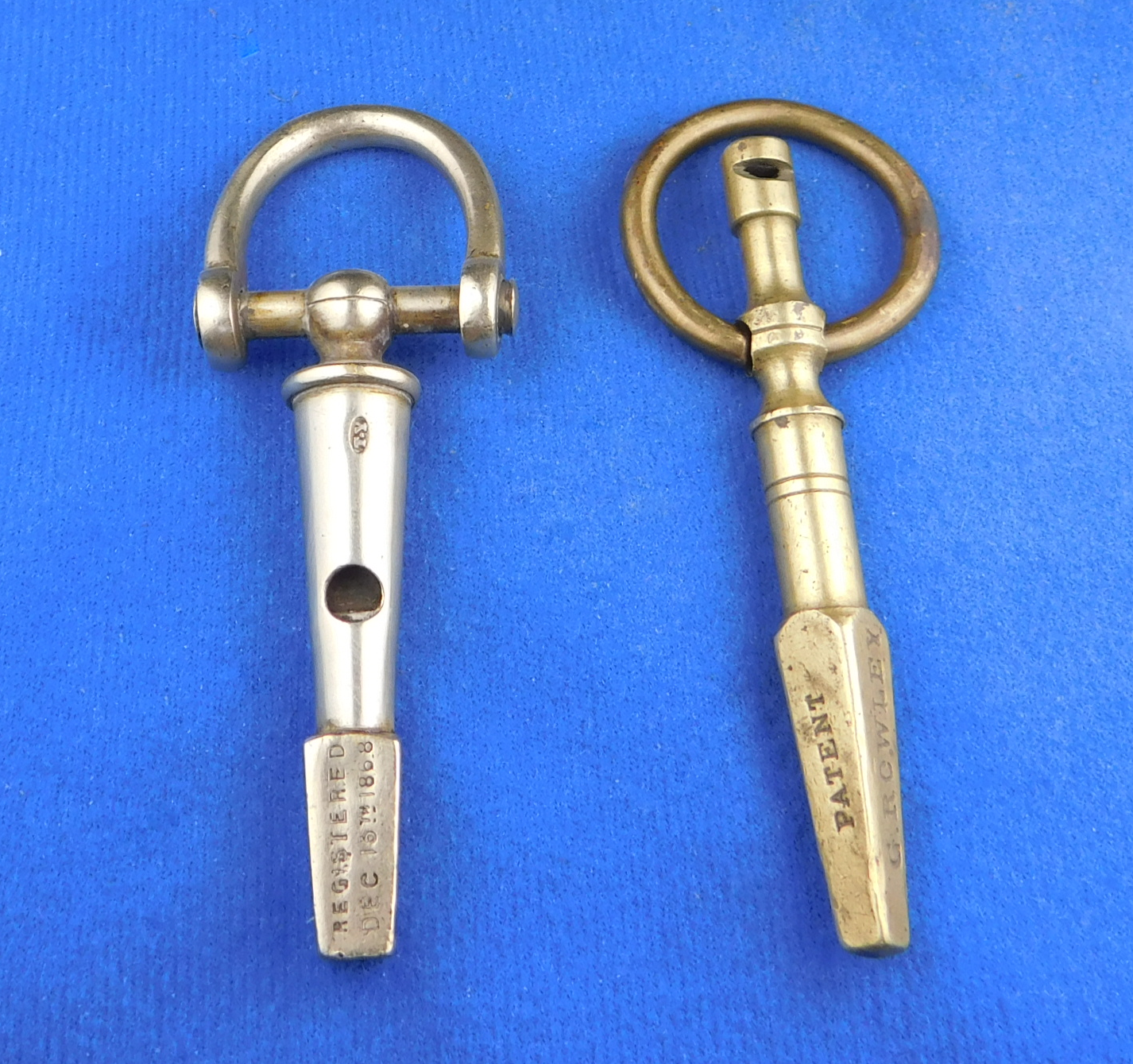
| Category | gadget carriage key |
| Order | G Rowley Thomas Yates Coney and Co. unknown |
| Type | railway civil |
| Class | brass nickel silver steel |
Whistle archeology
The only note found on the net for G. Rowley is as follows and may or may not pertain.
(Kew) George Rowley RD 255930 68 Aldersgate Street, London 1871 Sept 23
The registered design number for Thomas Yates is Rd. Dec 16th, 1868.
The following is a very early UK carriage adapted for railway. (1)
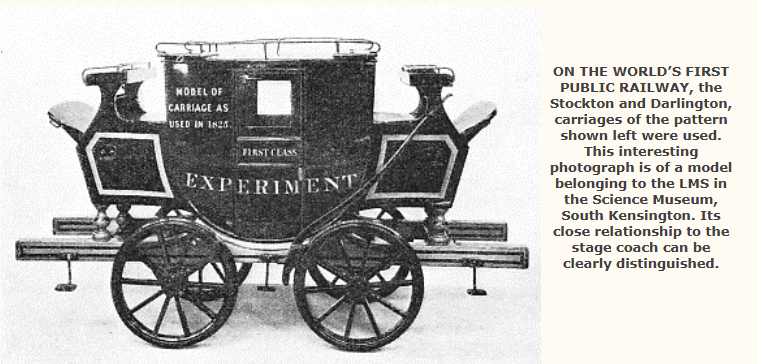
Whistology
The first picture is standalone. Clearly stamped on the key is G. Rowley. Unknown what the G stands for possibly George.
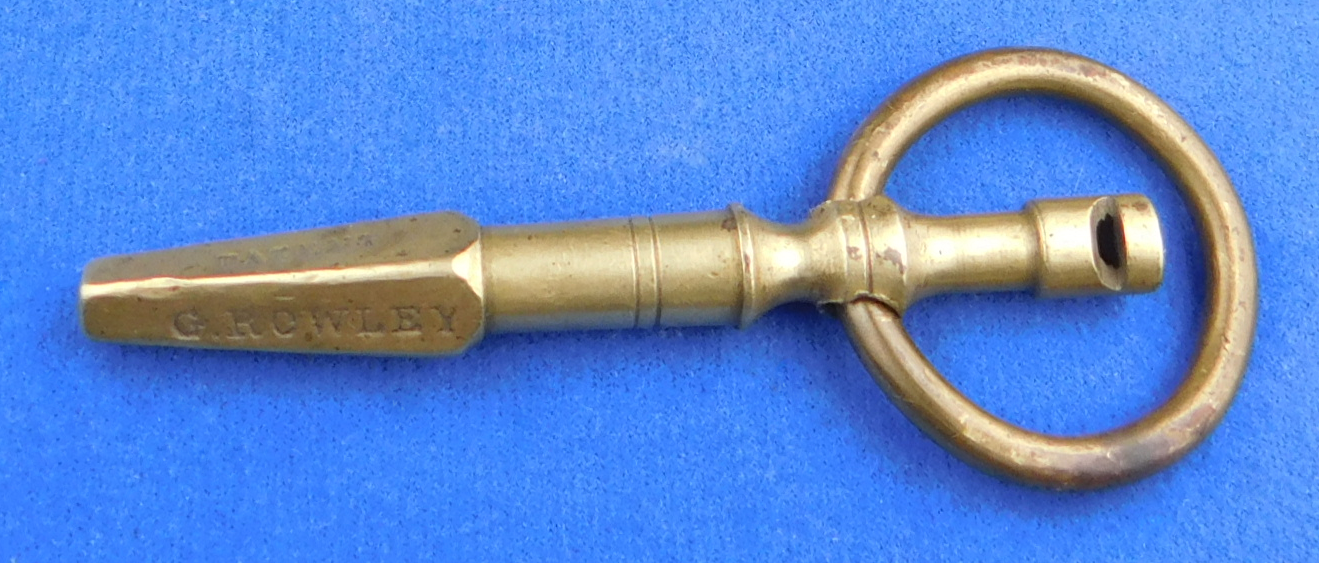
The second picture is for a comparison to a carriage key by Thomas Yates.
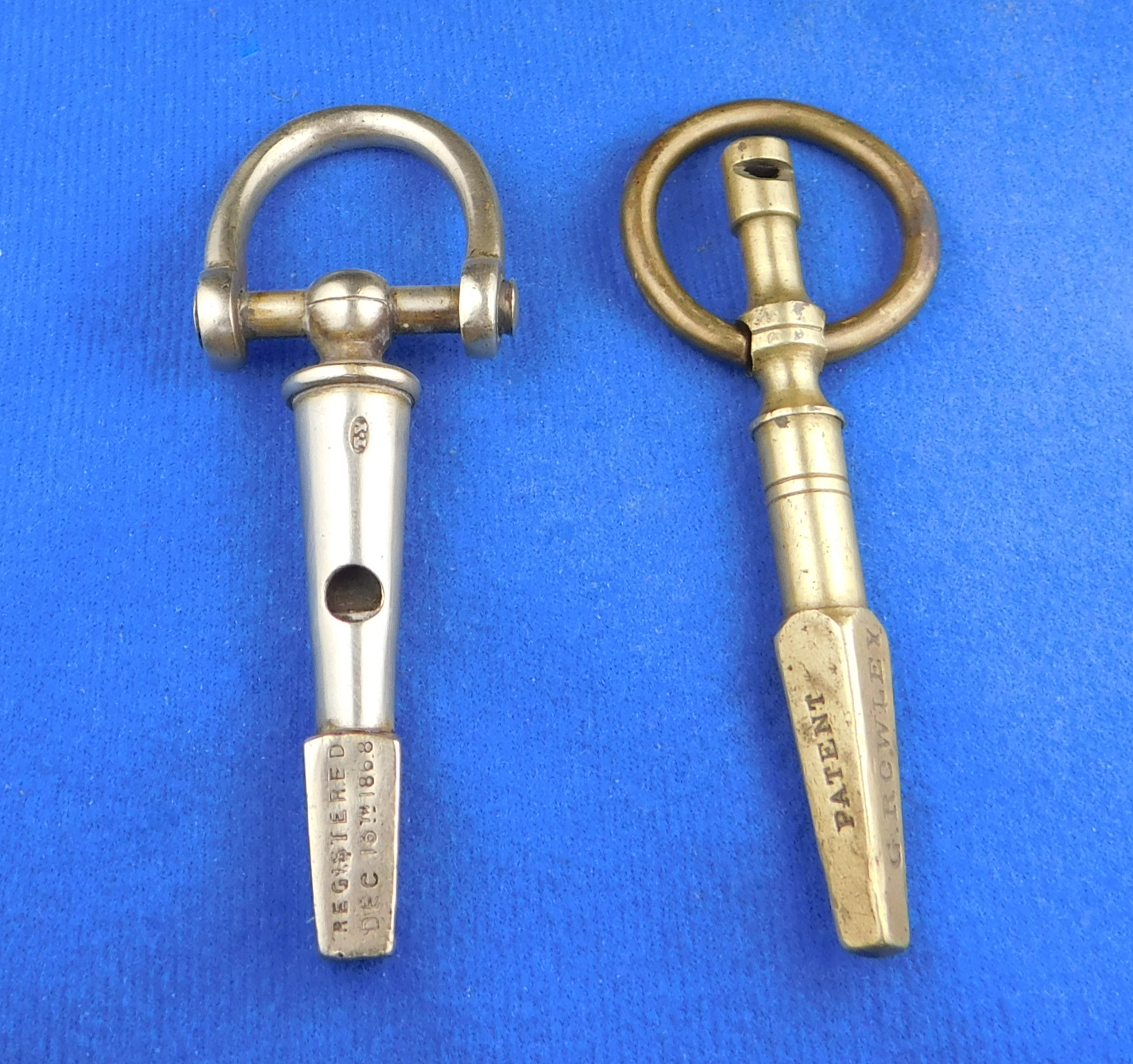
(Photo courtesy of Don Bull)
A combination of a corkscrew, carriage key and whistle, unknown maker.
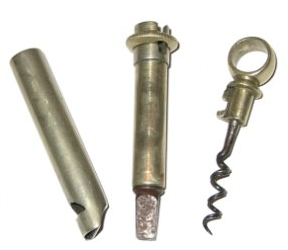
From Europe a folding key and whistle.

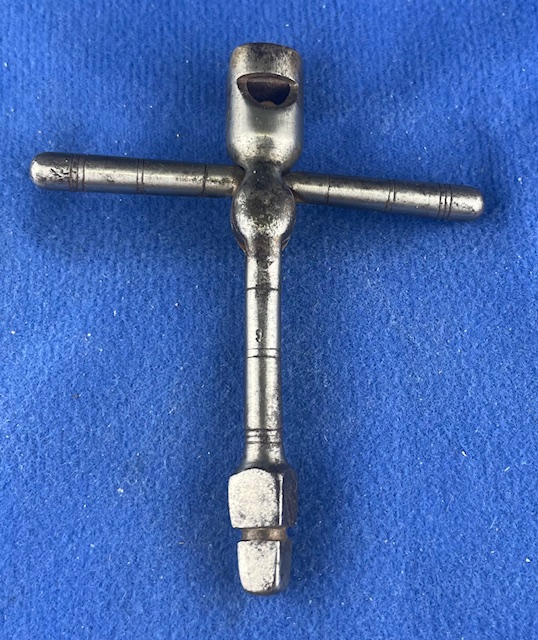
A folding roundlet whistle with carriage key
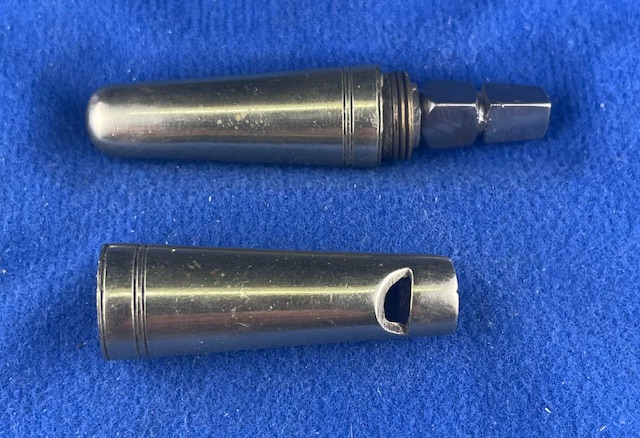
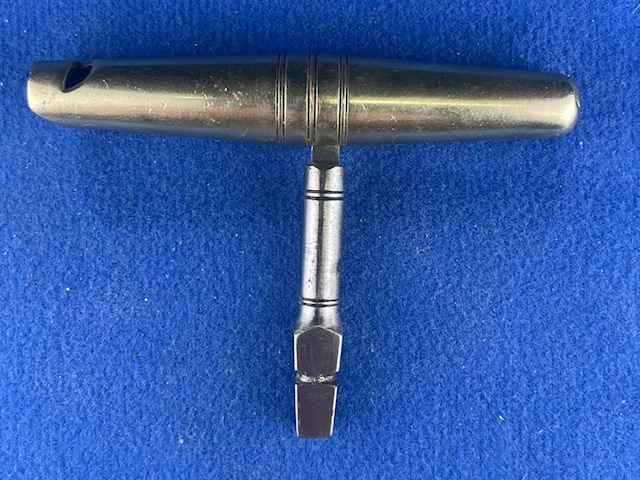
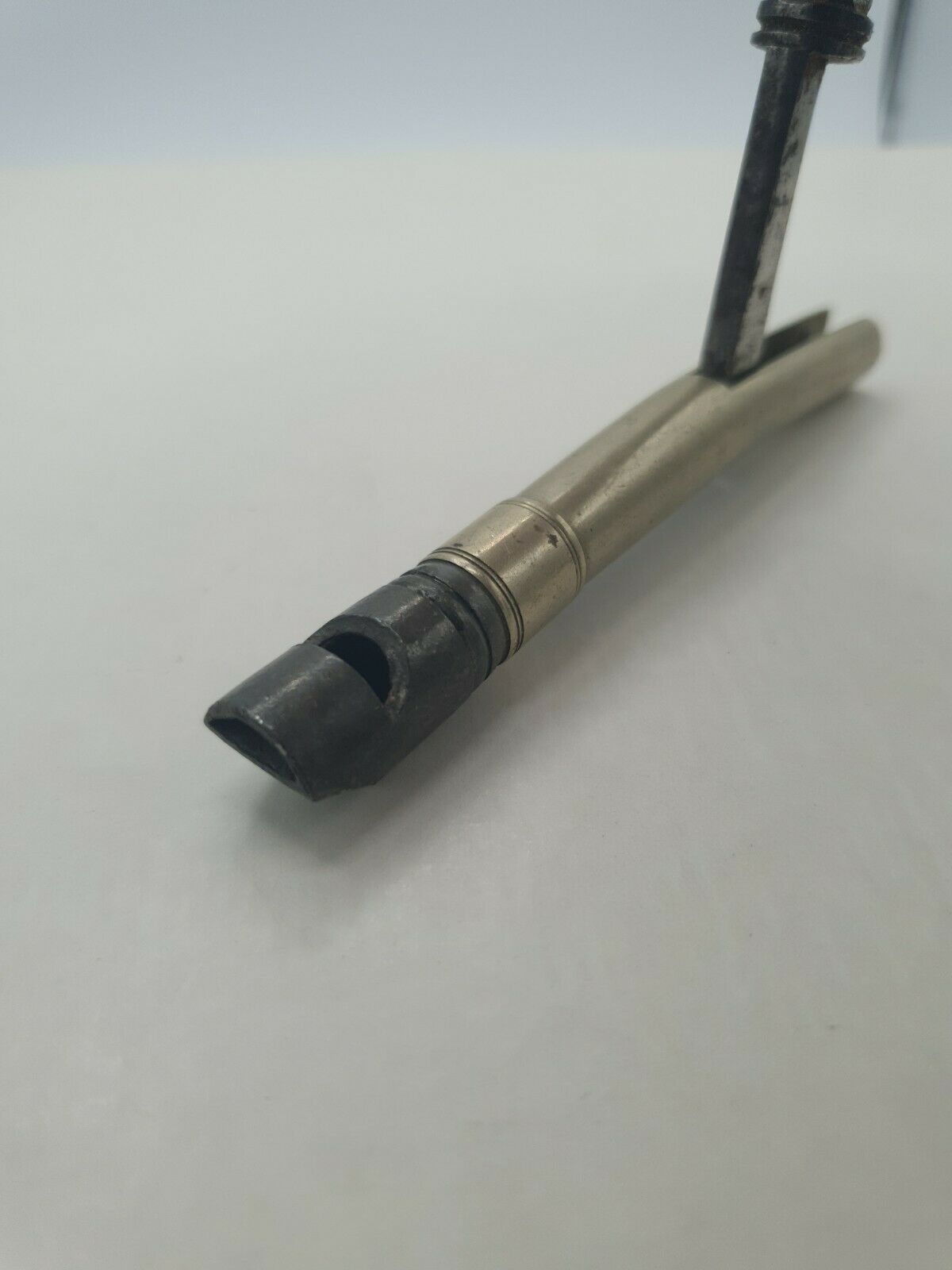
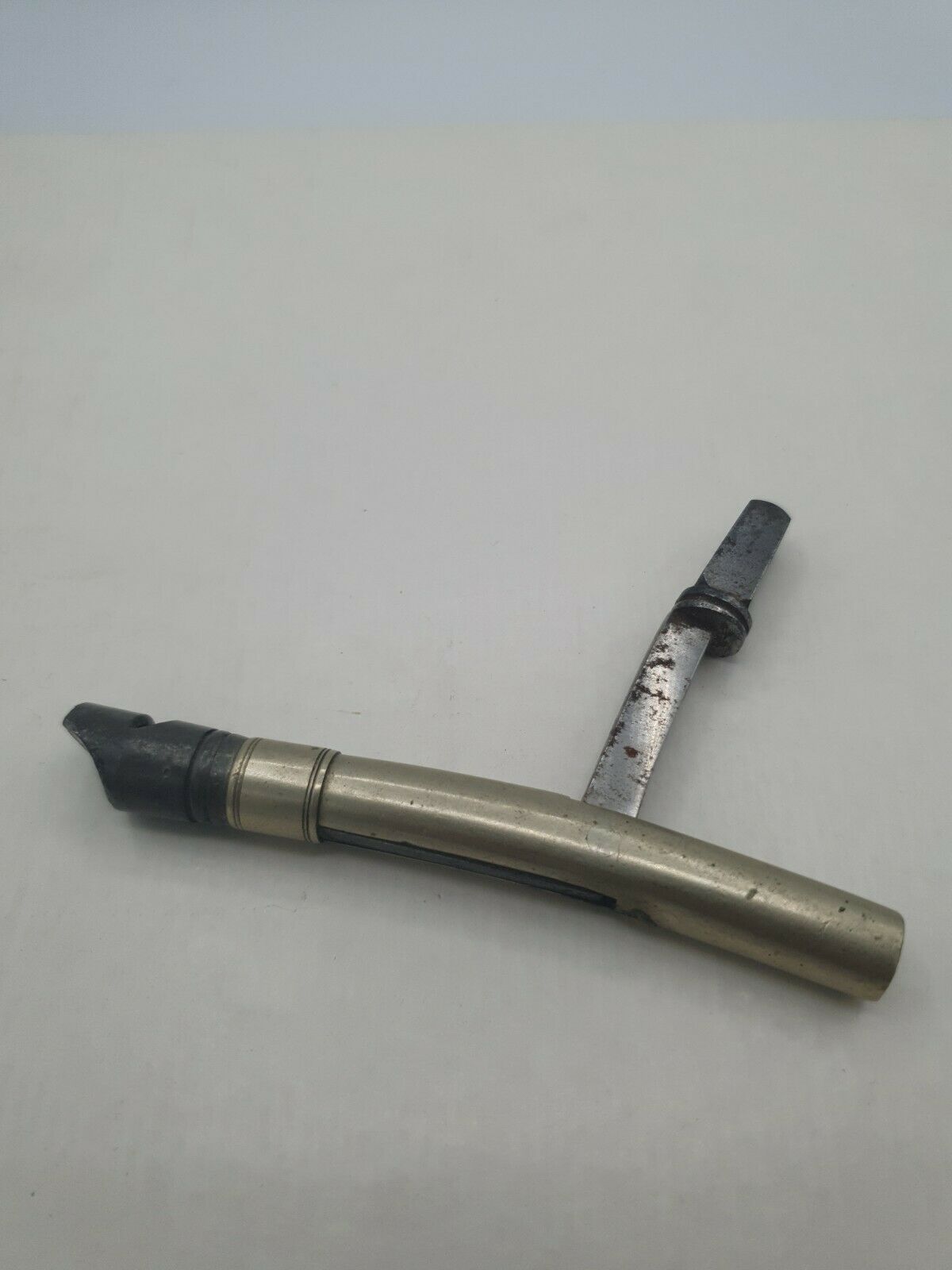
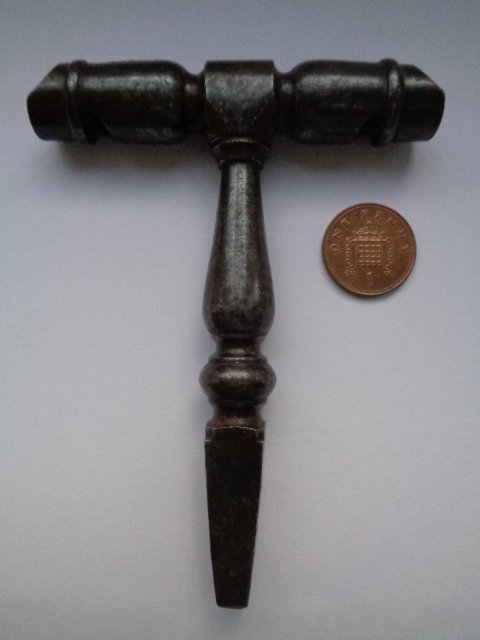
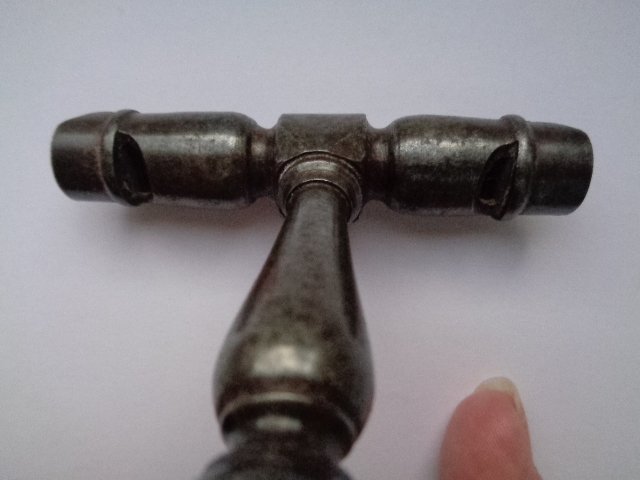
(Photo credit pending.)
Conclusions:
The G. Rowley whistle is currently a monotypical carriage key gadget whistle. It is not known if it was made by G. Rowley or if he had it manufactured. His first name has not been verified.
Additionally, it is not recorded if the patent was ever followed through with. Its construction suggests the same era as the Yates contemporary whistle of 1868.
Carriage key whistles are an offshoot of the railway which although is a continuation of personal and stage coach carriages which carried over the use of whistles, used by railway assistants.
Their era came and went with the early development for quarters for passengers, during the early half of the 1800s.
TWG
First Printing December 28, 2024
Edited April 10, 2025
Posted June 9, 2025
Bibliography
TWG reference collection
https://discovery.nationalarchives.gov.uk/details/r/C13248378
http://www.bullworks.net/daily/2007carri.htm
https://blog.railwaymuseum.org.uk/carriage-keys-claustrophobia-early-railway-compartments/
1) https://www.railwaywondersoftheworld.com/railway-carriage.html
https://www.google.com/search?sca_esv=6a81f2bd04fd845e&q=what+was+a+carriage+key+used+for+%3F%3F&sa=X&ved=2ahUKEwjKj9f2oceMAxVjOTQIHdllFN0Q7xYoAHoECA4QAQ&biw=1920&bih=911&dpr=1
